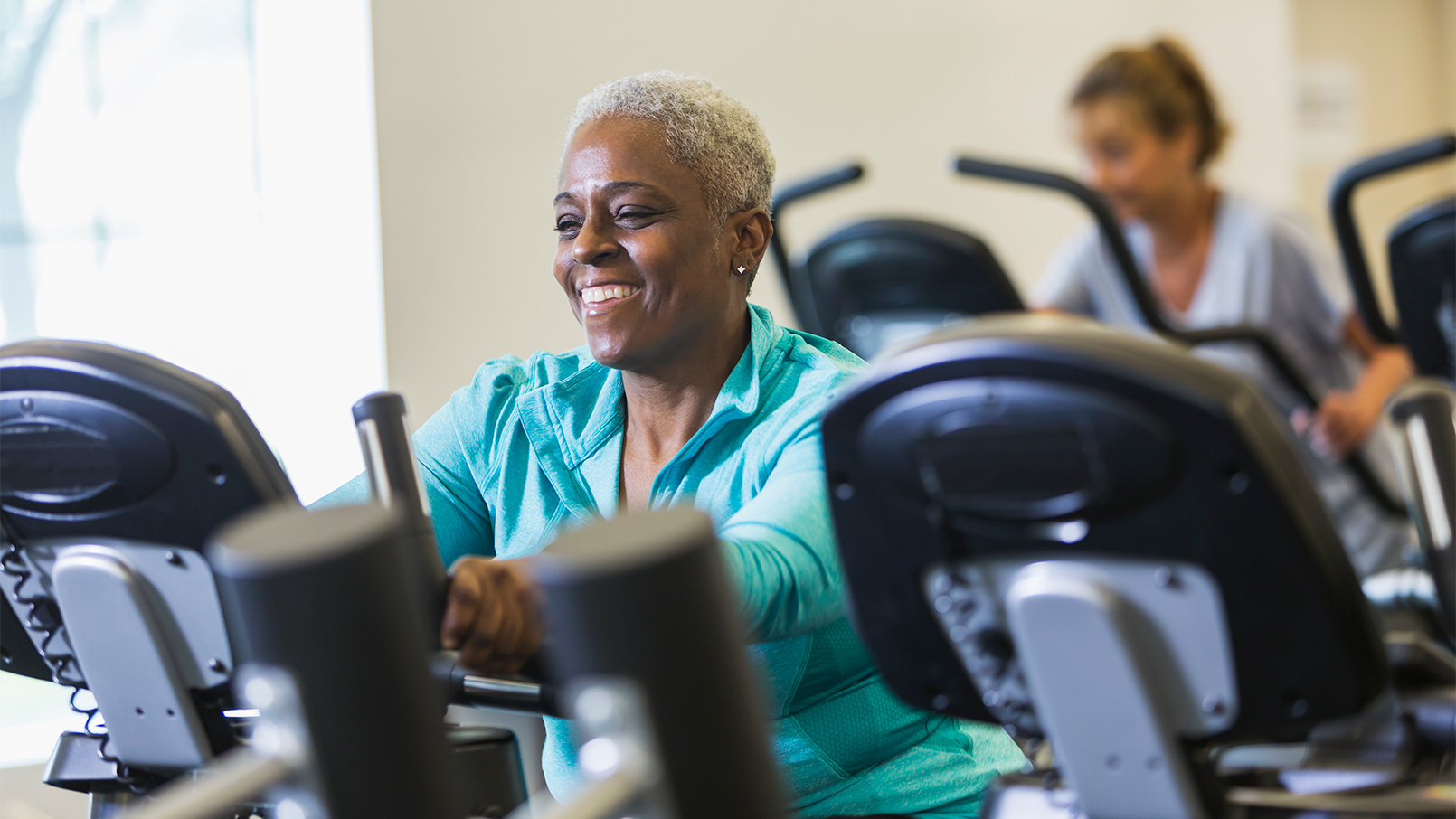Low-Cost, High-Benefit Exercise Ideas


Only 22.9% of adults in the U.S. are getting enough exercise, according to the National Institute on Aging (NIA). How do we increase that number? Researchers have spent a lot of money, time, and energy trying to determine what strategies motivate people to exercise, but most of these studies yield mixed results.
Earlier this year, a large study showed that although people think they know what will motivate them to exercise, they are often wrong, and what works for someone else may not work for you.
Some people purchase home exercise equipment in an effort to make exercise easier and more convenient - a trend that exploded especially during the pandemic lockdown. Market research shows that from March to October 2020, treadmill sales went up by over 130% and stationary exercise bike sales almost tripled.
Not surprisingly, emergency room visits related to at-home exercise injuries increased by almost 50% during 2020, according to the National Electronic Injury Surveillance System, and one-third of those injuries were sustained by people 65 years of age and older. The most common machines associated with these injuries were - you guessed it - treadmills and exercise bikes.
In addition, they don't have a professional to show them how to use it safely.
Forking over all that money may not be the best way to reap the lasting benefits of exercising. Research shows that while buying a machine may motivate you at the beginning, in the long run, you are more likely to end up with an expensive clothing rack.
For example, one study showed that inactive people who purchased an exercise machine were 73% more likely to start exercising than people who had not purchased equipment. However, by the 12-month mark, equipment users were 12% more likely to quit exercising than the control group.
So, it's good to have a backup exercise plan - one that will reduce your likelihood of injury and not break the bank. According to the NIA, four types of exercises should be part of that plan: endurance, strength, flexibility, and balance.
Remember to ask your doctor about any extra precautions you should take based on your health, especially if you have heart disease, type 2 diabetes, chronic obstructive pulmonary disease, arthritis, osteoporosis, or chronic pain.
The NIA lists brisk walking, swimming, climbing stairs, gardening, dancing, household chores, and simple resistance exercises, like using soup cans as weights, can be beneficial activities that are safe for most older adults - even those with chronic conditions.
To maximize your safety, build up slowly, stay hydrated, wear proper clothes and shoes, and most of all, listen to your body if it's telling you to slow down or stop.
At Erickson Senior Living, the on-campus fitness centers offer senior-friendly equipment and expert staff who can train you to use it. Fitness center professionals can also work with you to develop a personalized, home-based exercise plan.
To learn more, contact an Erickson Senior Living community near you!